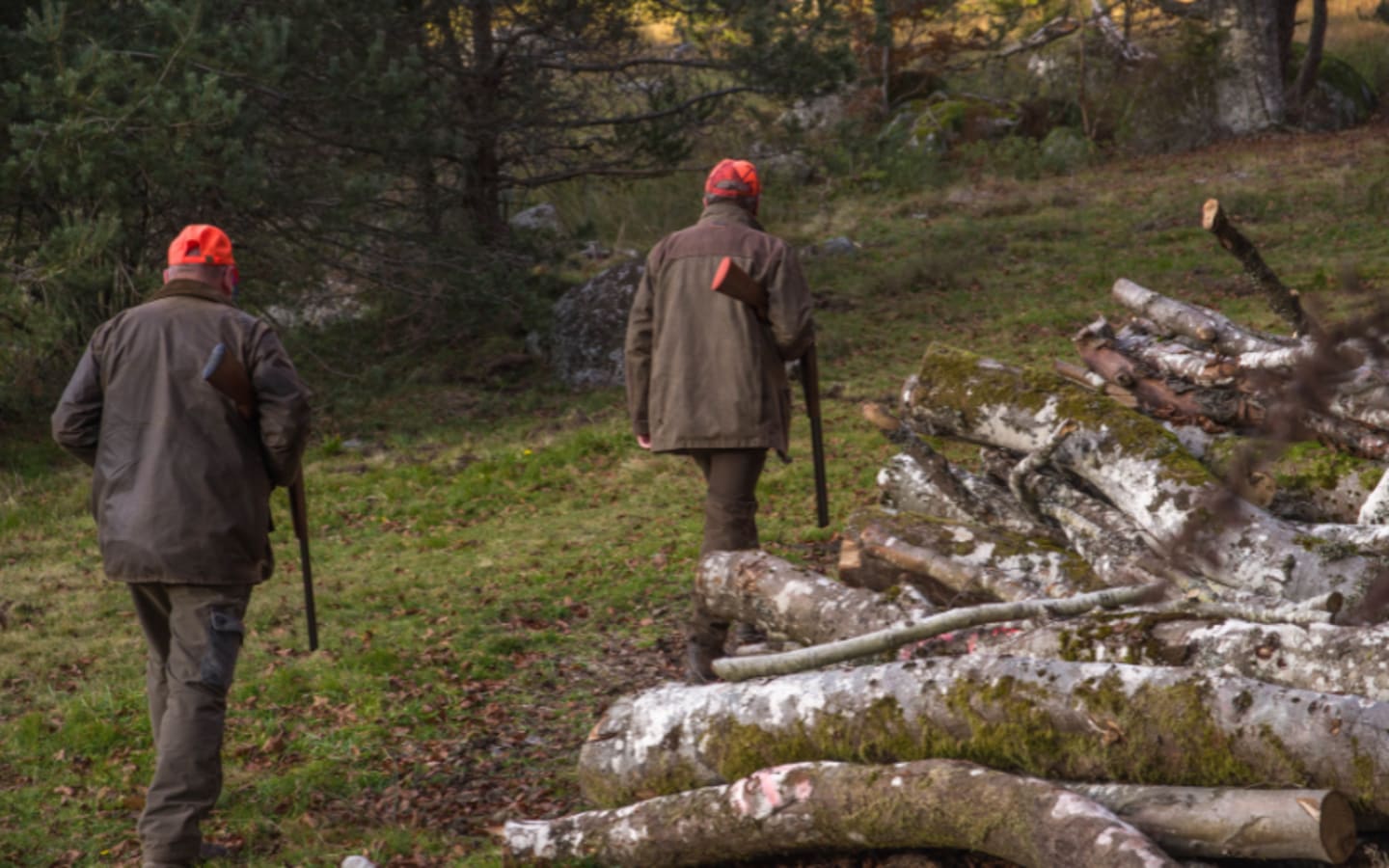The Wyoming Game and Fish Department has decided to abandon a controversial plan to increase the land requirements for landowner hunting tags, a move that had sparked widespread concern among hunters across the state. The proposal, which would have raised the minimum acreage needed from 160 to 640 contiguous acres and increased the required "animal use days" from 2,000 to 3,000, was met with strong opposition from property owners and hunters alike. For now, the rules remain unchanged, allowing landowners to continue accessing tags for elk, deer, antelope, and wild turkey under the existing regulations. However, many hunters remain cautious, fearing the issue could resurface in the 2026 Wyoming Legislature session.
A Victory for Hunters and Landowners
The decision to back off the proposed changes came just ahead of a critical Wyoming Game and Fish Commission meeting scheduled for July 15, 2025, in Casper. According to a June 16 memo, the department recommended maintaining the current requirement of 160 contiguous acres for eligibility in the landowner tag program. This reversal followed significant pushback from the public, with many arguing that the proposed changes would unfairly exclude smaller property owners who have long relied on these tags to hunt on their land. The commission, which has the authority to adjust acreage requirements, appears to have listened to the outcry, opting to preserve the status quo for now.
The landowner tag program is a cornerstone of Wyoming’s hunting culture, allowing property owners to secure up to two hunting tags per species for elk, deer, antelope, and wild turkey. To qualify, landowners must own at least 160 contiguous acres in a draw-only hunt area, meaning areas where general hunting tags cannot be purchased over the counter. Additionally, the land must provide essential resources like food, cover, and water for the targeted species and demonstrate at least 2,000 animal use days annually. This metric ensures the land supports wildlife consistently, calculated as, for example, 10 deer present for 200 days or 500 elk for just four days, both equaling the required 2,000 days.
A Personal Stake in the Fight
For many Wyoming landowners, these tags are more than just a hunting opportunity—they’re a tradition. Kevin Christopherson, a landowner with 490 acres in Box Elder Canyon near Glenrock, is one of many who felt threatened by the proposed changes. Christopherson has used landowner tags to hunt elk with his family, a practice he hopes to pass down to his grandchildren. The idea of increasing the acreage requirement to 640 would have disqualified him and hundreds of others with smaller parcels, effectively cutting them out of a program they’ve relied on for years. “I was relieved to hear they’re backing off,” Christopherson said in an interview with Cowboy State Daily, though he remains wary. He believes the issue could reemerge when the Wyoming Legislature convenes in 2026, and he plans to attend the July 15 meeting to voice his concerns alongside other hunters.
The Open Market Threat
The backlash wasn’t just about acreage. Another contentious proposal floated the idea of allowing landowner tags to be sold on the open market, a move that would require legislative approval. This idea has drawn fierce opposition from hunters like Christopherson, who see it as a threat to Wyoming’s hunting heritage. Many fear that allowing tags to be sold could turn hunting into a pay-to-play system, favoring wealthy buyers—potentially out-of-state investors—over local hunters. The notion of tags being marketed as a perk for purchasing land has already raised concerns, with some arguing that it encourages non-residents to buy up smaller properties solely for hunting access, sidelining Wyoming residents in the process.
Public Input Shapes the Outcome
The Wyoming Game and Fish Commission’s decision to allocate seven hours to discuss landowner tag reforms at their Casper meeting underscores the issue’s importance. Public feedback has played a significant role in shaping the outcome, with approximately 70% of the 380 comments received by the department opposing the proposed changes, according to a June 19 memo. Only 9% supported the stricter requirements, highlighting the deep connection many Wyomingites feel to the current system. One minor reform is still on the table: expanding the definition of “immediate family member” to include step-parents, step-grandparents, step-siblings, and step-children. This change aims to make tags more accessible to blended families, a move that has garnered less controversy.
The Road Ahead
Hunters and landowners worry that the fight isn’t over. The Wyoming Legislature’s involvement, particularly through a bill introduced by Sen. Laura Pearson (R-Kemmerer) during the 2025 session, signals that changes to the landowner tag system could still be on the horizon. Senate File 118, titled “Landowner hunting tags-amendments,” proposed allowing tags to be sold on the open market, a concept that has been successful in other western states but remains deeply unpopular in Wyoming. Hunters like Christopherson are gearing up to continue their advocacy, determined to protect a system that rewards landowners for maintaining wildlife habitat while ensuring fair access to hunting opportunities.
Balancing Tradition and Access
The debate over landowner tags reflects a broader tension in Wyoming’s hunting community: balancing the rights of property owners with the needs of the general hunting public. In some hunt areas, landowner tags consume nearly all available licenses, leaving non-landowning hunters with slim chances in the lottery system. This has fueled calls for reform, with some, like former Game and Fish Commission member Ralph Brokaw, arguing that the system is being exploited by out-of-state buyers who purchase small parcels solely for tags, treating them as exclusive hunting club privileges. Others, like Thermopolis hunter Nate Miller, warn that stricter requirements could lead to unintended consequences, such as landowners subdividing their properties to recoup investments, potentially fragmenting critical wildlife habitat.
A Temporary Reprieve
For now, Wyoming hunters can breathe a sigh of relief as the Game and Fish Department maintains the existing landowner tag rules. The program continues to incentivize landowners to preserve large parcels of land, which benefits wildlife by reducing habitat fragmentation. However, the possibility of future changes looms large, and the hunting community remains vigilant. As the July 15 meeting approaches, hunters like Christopherson are preparing to make their voices heard, determined to safeguard a tradition that ties them to the land and the wildlife they cherish.
Sources: Cowboy State Daily, WyoFile, Wyoming Public Media





